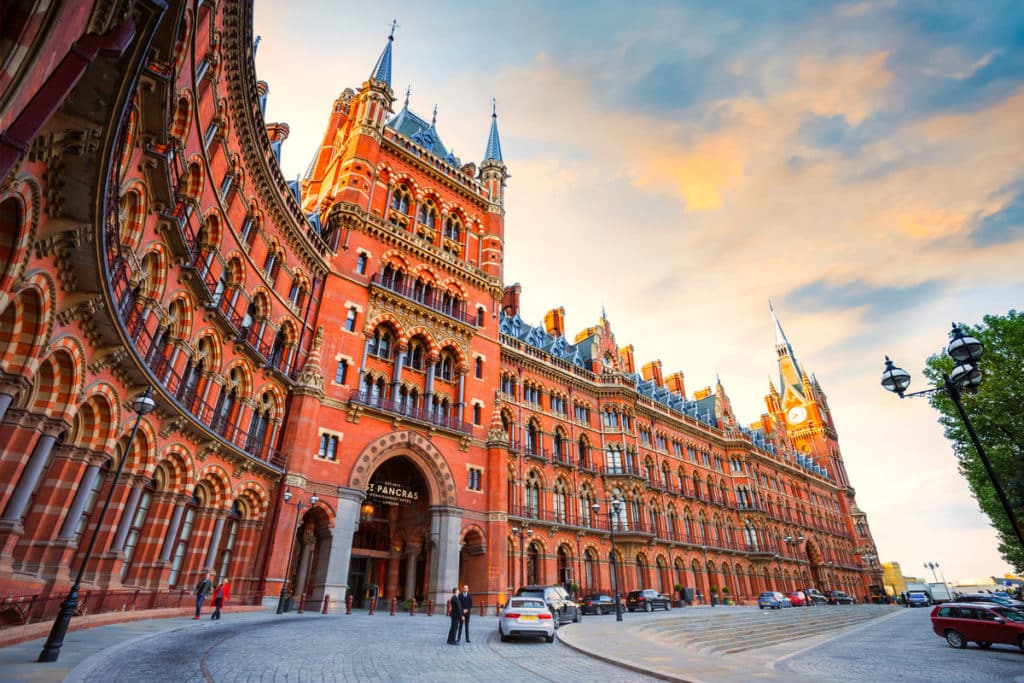Over the last 25 years King’s Cross has changed beyond all recognition. It’s been one of the biggest regeneration projects in Europe and has now become the ‘Knowledge Quarter, one of the greatest ‘knowledge clusters’ in the world. To give you a clue, it’s now home to Google (humungous new offices that are so big you need a scooter indoors), the Francis Crick Institute (massive new research building), the HQ of Universal Music, etc, etc.
30 years ago it was known for dust bins, dark alleys, street walkers and drug addicts. Now it’s a world-class culture and tech hub. Amazing.
The transformation of King’s Cross is most evident in the development around Granary Square, a large public space that is now surrounded by modern apartments, offices, and cultural institutions. This area is home to the Central Saint Martin’s campus of the University of the Arts London, which adds a creative buzz to the neighbourhood. The square itself, with its impressive fountains and ample seating areas, serves as a gathering place for both locals and visitors, hosting a variety of events and activities throughout the year.
The culinary scene in King’s Cross is diverse and thriving, featuring everything from street food markets to high-end restaurants. Coal Drops Yard, a stylish retail and dining destination, offers a range of shops and eateries housed within repurposed Victorian coal warehouses, combining historical architecture with contemporary design.
Cultural offerings in King’s Cross are plentiful. The area boasts several arts venues and galleries, including The Wellcome Institute, The British Library and The Francis Crick Institute, which host exhibitions and talks. Additionally, the nearby Regent’s Canal provides a scenic route for walking and cycling, leading to other notable areas such as Camden and Regent’s Park.
Transport connections from King’s Cross are unparalleled. King’s Cross St Pancras station is one of London’s main railway hubs, offering local, regional, and international services, including the Eurostar. With numerous underground lines, buses, and bike lanes, the area is incredibly accessible and serves as a major gateway for travellers entering the city.
The residential aspect of King’s Cross has seen significant growth, with the development of new housing that caters to a range of residents, from students to professionals. The mix of historic refurbished buildings and modern architecture creates a unique urban environment where the past and the present coexist seamlessly.
King’s Cross also places a strong emphasis on sustainability and public spaces. The redevelopment efforts have included the creation of numerous green spaces, such as the innovative Camley Street Natural Park, which offers a natural haven for wildlife and an educational resource for visitors.
King’s Cross has successfully reinvented itself as a destination that blends its industrial roots with modern innovation. It is a place where art, commerce, and education converge to create a dynamic and forward-thinking environment. Whether you are seeking cultural enrichment, gastronomic experiences, or just a pleasant area to stroll and shop, King’s Cross provides a lively and enriching setting that epitomises the best of contemporary London.
















